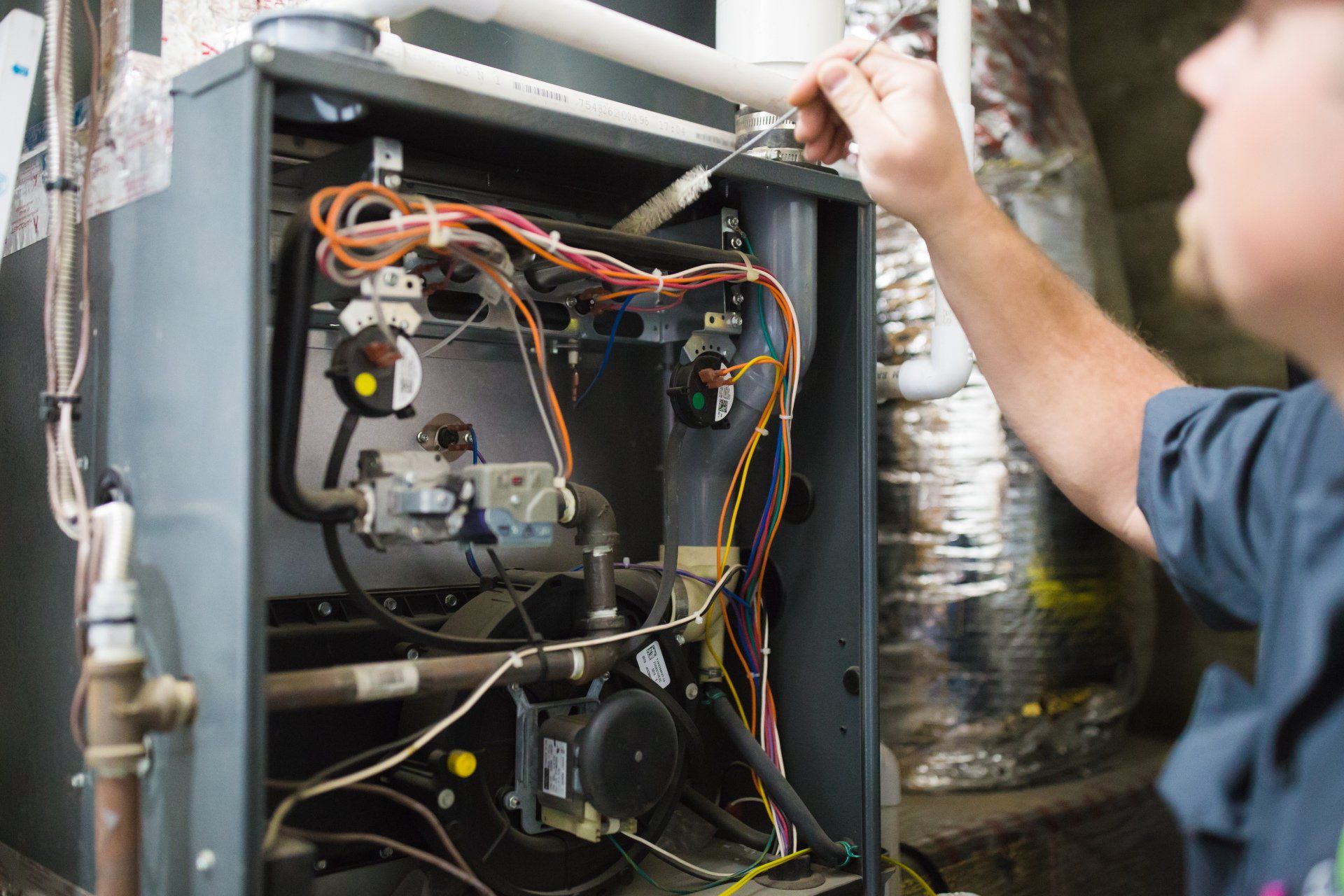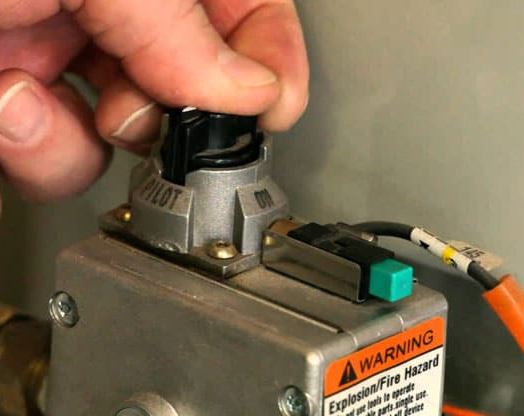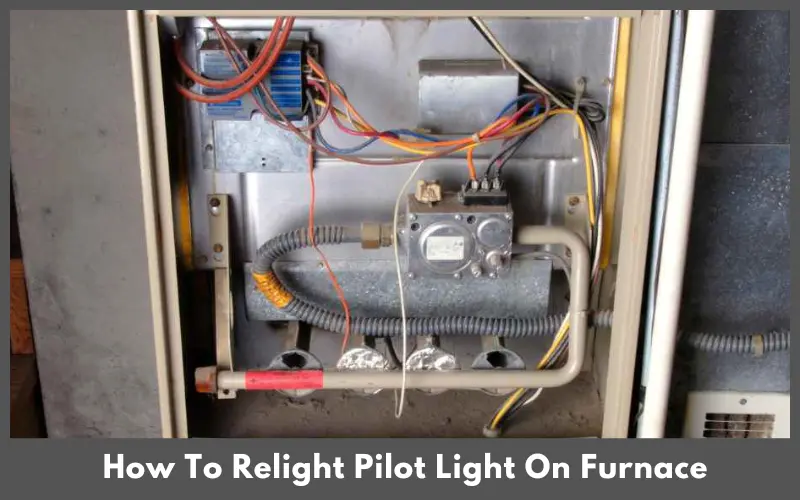How To Turn On Pilot Light On Gas Heater

One of the most frustrating experiences for any homeowner is waking up on a chilly morning to discover their gas heater isn't working. While many issues can prevent your heater from firing up, a common culprit is a pilot light that has gone out. Fortunately, relighting a pilot light is often a simple task you can handle yourself. This article will guide you through a safe and methodical approach to diagnose the problem and reignite your pilot light.
Diagnosing the Problem: Is it *Really* the Pilot Light?
Before diving into relighting procedures, it’s important to confirm that a blown-out pilot light is actually the issue. A little troubleshooting can save you time and effort.
Initial Checks (No Tools Required)
Start with the easiest checks first:
- Check the Thermostat: Make sure your thermostat is set to "Heat" and the temperature is set above the current room temperature. Seems obvious, but it's a common oversight.
- Listen for the Igniter: Turn up the thermostat a few degrees and listen for a clicking sound. This sound indicates the igniter is attempting to light the main burner. If you hear this, the pilot light might be on, and the problem lies elsewhere.
- Check the Gas Valve: Ensure the gas valve on the heater itself is in the "On" position. It's usually a lever or knob located near the gas line connection.
- Look for Error Codes: Some newer heaters have diagnostic lights or displays that show error codes. Consult your heater's manual to understand what the code indicates.
Looking for the Pilot Light (No Tools Required)
Now, let's visually inspect for the pilot light.
Locate the pilot light access panel on your furnace. This is usually a small door or opening near the bottom of the unit. You might need to remove a small screw or clip to open it.
Carefully look inside. You should see the pilot light assembly, which consists of a small burner, a thermocouple (a small metal rod), and the pilot light gas supply tube.
Is there a flame? If you don't see a small, steady blue flame, the pilot light is out. If you *do* see a flame, the problem is likely something else, and you should consult a qualified HVAC technician.
Relighting the Pilot Light: Step-by-Step Guide
If you've confirmed that the pilot light is out, follow these steps carefully. Safety is paramount. If you smell a strong odor of gas at any point, stop immediately, evacuate the area, and call your gas company or fire department.
Gather Your Supplies
You'll need:
- A long-handled lighter (a BBQ lighter works well) or a long match.
- Your heater's instruction manual (if available).
Turn Off the Gas Supply (Important!)
Before attempting to relight the pilot, turn off the gas supply to the heater. Locate the gas valve (the same one you checked earlier) and turn it to the "Off" position. This is usually marked clearly.
Wait a Few Minutes
Allow a few minutes (around 5-10 minutes) for any accumulated gas to dissipate. This is a crucial safety precaution.
Locate the Gas Control Valve
The gas control valve is typically a black or gray box with different settings labeled. You'll usually find options like "On," "Off," and "Pilot."
Set the Control Valve to "Pilot"
Turn the control valve to the "Pilot" setting. You may need to press down on the valve knob while turning it. This engages the pilot gas supply.
Light the Pilot Light
While holding down the control valve knob (still on "Pilot"), use your long-handled lighter or match to ignite the pilot light. Position the flame near the pilot light burner opening. You may need to try a few times.
Listen for a whooshing sound as the pilot light ignites. Once lit, continue holding down the control valve knob for 20-30 seconds. This allows the thermocouple to heat up and signal the gas valve to stay open.
Release the Control Valve Knob
After holding the knob down for 20-30 seconds, slowly release it. The pilot light should remain lit. If the pilot light goes out when you release the knob, repeat steps 5-7, holding the knob down for a longer period (up to a minute). If it continues to fail after several attempts, there may be a problem with the thermocouple (see "When to Call a Professional" below).
Turn the Control Valve to "On"
Once the pilot light is stable, turn the control valve to the "On" position.
Turn the Gas Supply Back On
Return to the gas valve on the heater's gas line and turn it back to the "On" position.
Test the Heater
Set your thermostat to a temperature above the current room temperature and wait for the heater to turn on. You should hear the main burner ignite.
Troubleshooting Common Problems
Even after following these steps, you might encounter some common issues:
- Pilot Light Won't Light: Make sure you're holding the lighter or match close enough to the pilot light burner. Also, check that the pilot gas supply tube isn't blocked (though this usually requires a professional to diagnose).
- Pilot Light Goes Out After Releasing Knob: This usually indicates a faulty thermocouple. The thermocouple is responsible for sensing the heat from the pilot light and keeping the gas valve open. If it's not working correctly, it won't hold the valve open.
- Heater Doesn't Turn On After Relighting Pilot: Double-check that the gas supply is fully open, the thermostat is set correctly, and there are no error codes displayed. It could also be a different issue with the main burner or ignition system.
What Can Be Checked Without Tools vs. What Requires Basic Equipment
Many preliminary checks can be performed without any tools whatsoever, such as:
- Checking the thermostat setting.
- Visually inspecting for a flame at the pilot light.
- Listening for the igniter clicking.
- Ensuring gas valves are in the "On" position.
- Looking for obvious obstructions around the heater.
However, some troubleshooting may require basic equipment:
- Multimeter: A multimeter can be used to test the thermocouple's voltage. This requires disconnecting the thermocouple and measuring the millivolts it generates. A reading outside the manufacturer's specifications indicates a faulty thermocouple.
- Screwdrivers: Removing access panels often requires a screwdriver.
- Wrench: Although generally discouraged for DIYers, a wrench *might* be needed to gently tighten gas line connections *if* you suspect a leak (only if you are experienced and comfortable; otherwise, call a professional).
Important Note: Working with gas lines always carries a risk. If you are not completely comfortable and confident in your abilities, do not attempt to work on the gas lines yourself. Always prioritize safety.
When to Call a Professional HVAC Technician
While relighting a pilot light is often a simple DIY task, some situations require professional help. Do not attempt to fix these issues yourself, as they could be dangerous or lead to further damage.
- You Smell Gas: If you smell a strong odor of gas, do not attempt to light anything. Evacuate the area immediately and call your gas company or fire department.
- Pilot Light Won't Stay Lit After Multiple Attempts: This likely indicates a faulty thermocouple or a more serious problem with the gas valve.
- You Suspect a Gas Leak: If you suspect a gas leak (even a small one), call your gas company immediately.
- You're Not Comfortable Working with Gas: If you're hesitant or unsure about any part of the process, it's always best to err on the side of caution and call a professional.
- Heater Still Doesn't Work After Relighting the Pilot: This suggests a different problem with the heater, such as a faulty igniter, a clogged burner, or a problem with the control board.
- Rust or Corrosion: If you notice significant rust or corrosion on any gas-related components, have it inspected and repaired by a qualified technician.
- Unfamiliar Noises: Any unusual noises coming from your heater (banging, hissing, etc.) should be investigated by a professional.
- You're Not Sure What You're Doing: This is the most important reason to call a professional. Don't risk your safety or damage to your property by attempting repairs you're not qualified to perform.
Remember: A qualified HVAC technician has the knowledge, experience, and tools to diagnose and repair complex heating system problems safely and effectively. They can also perform routine maintenance to keep your heater running efficiently and prevent future issues.
By following these steps and knowing when to call for help, you can confidently troubleshoot your gas heater and keep your home warm and comfortable throughout the heating season.










